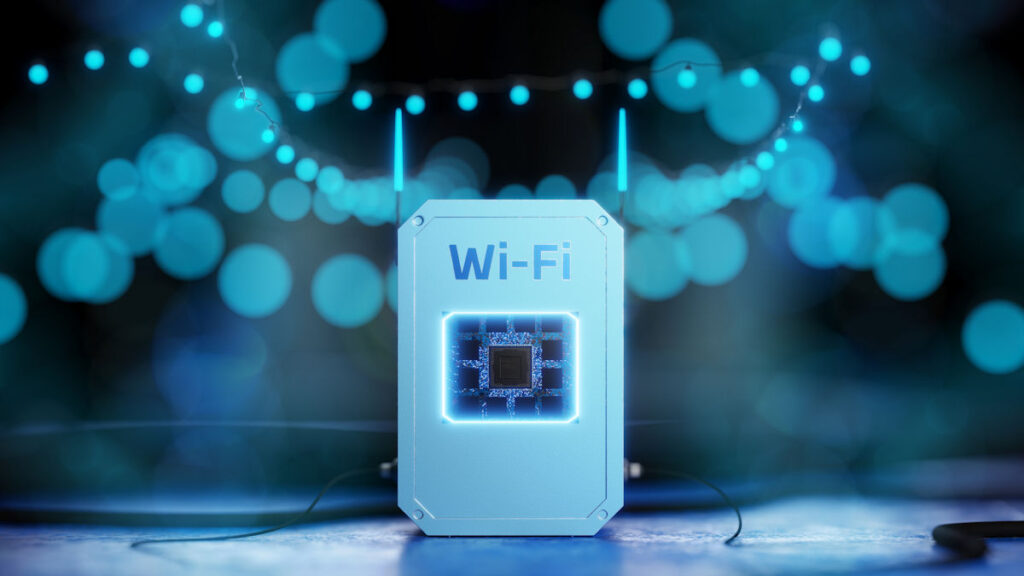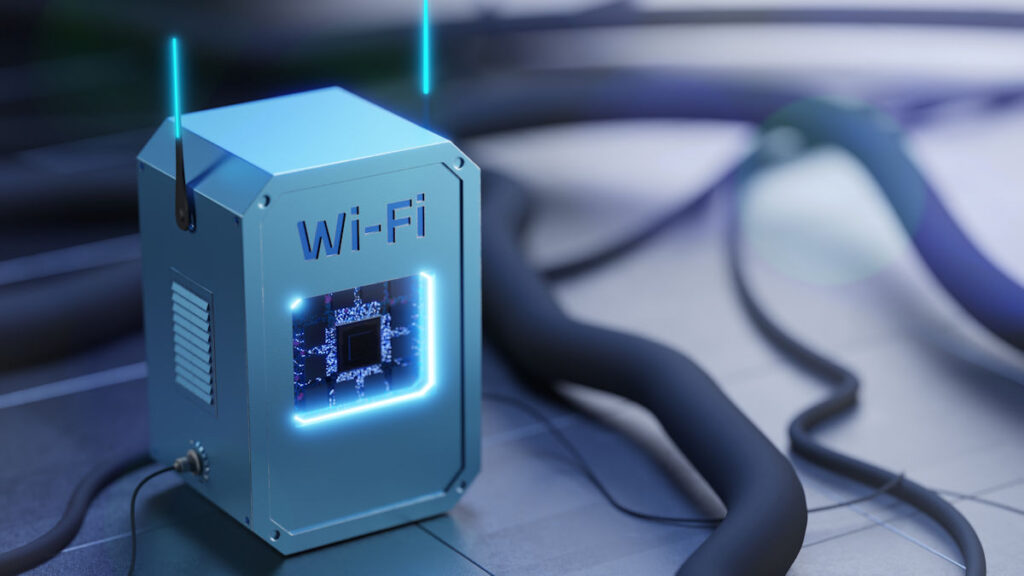Should You Skip Wi-Fi 7 And Hold Out For Wi-Fi 8?
Should You Skip Wi-Fi 7 – Should security people advise their customers to skip Wi-Fi 7 and hold out for Wi-Fi 8? Or is your client’s current Wi-Fi 5 network perfectly fine?
This question is a bigger deal for networked systems in Australia than you’d think. That’s because regulators here have choked the available bandwidth for Wi-Fi 6/6E and will do the same for Wi-Fi 7. The 46Gbps Americans enjoy with Wi-Fi 7 will be a comparatively measly 12Gbps locally – better than 6E but not that much better.
It’s true that 12Gbps is a lot but the way Wi-Fi bandwidth is used means that in environments with many users sharing the network, 46Gbps goes a lot further before users and applications start experiencing dropouts and lossy comms paths.
Does that mean users in Australia are better to wait for Wi-Fi 8 BN, which will likely employ mmWave (42.5-71GHz) and deliver up to 100Gbps? There are pros and cons to all the Wi-Fi options.
The best solution for security networks is likely to depend on how much traffic is sharing the network, the age of the existing Wi-Fi network and the bandwidth requirements of the application.
A key issue for Australian Wi-Fi is that decision of AMSA to corral the 6Ghz bandwidth to 500Mhz, rather than opening the full 1200Ghz. They’ve done this so Wi-Fi doesn’t interfere with users of the upper levels of the 6Ghz spectrum.
From the point of view of users – and security installers – this reduced bandwidth means a reduction in performance for devices that employ the 6Ghz bandwidth – including Wi-Fi 6 and 7.
At this point it’s worth noting that Wi-Fi routers employ 2.4GHz, 5GHz and 6GHz bands – they switch between these bands to ensure the best possible performance. The router band juggle is required because higher bands offer better performance but at shorter ranges.
For instance, 2.4Ghz offers a range of 100 metres lines of sight and can slip through 5 or 6 intervening walls, while 5Ghz can only stretch 15 metres through 2-3 walls. And 6Ghz offers a range 6-10 metres and might get through 1 wall if you’re lucky.
When you consider these performance variables, the business of selecting a Wi-Fi router becomes more complicated. You need your network to deliver enough performance to handle peaks and it needs to do so in the locations required.
Obviously, adding repeaters expands coverage but this requires power and elevated mounting points – more repeaters equals a lot more money. And should core usage from most repeaters be out past 20 metres, a Wi-Fi network that’s not 2.4GHz starts looking like serious over investment.
In terms of the performance of current technology, Wi-Fi 5 tops out at 7Gbps but it’s rare to see that sort of performance in the real world. Even the bottom end of 433Mbps can be hard to attain – once it gets chopped up by sharing, performance really flags.
In comparison, Wi-Fi 6 can reach about 10Gbps from a baseline of 600Mbps – still decent performance if you’re not sharing too much of it. Wi-Fi 6 also gives more simultaneous connections than Wi-Fi 5 can – that might be appealing.
Should You Skip Wi-Fi 7
But what is Australia’s scrunched up Wi-Fi 7 performance likely to be? It’ll be around 12Gbps – though you’ll have the satisfaction of knowing you’re future proof, as long as users huddle close to nodes.
There are other benefits with Wi-Fi 7 – has greater ability to adapt to latency and can handle more congestion – that’s ideal for busy built spaces where there are plenty of nodes.
Wi-Fi 7 delivers this ability with multi-link operation and higher quadrature amplitude modulation. Multi-link operation combines frequencies across the available bands into one connection and connects to devices across multiple bands at the same time.
Meanwhile, quadrature amplitude modulation (QAM) allows Wi-Fi 7 to transmit and receive data in radio waves – the higher the frequency, the more data can be carried. Wi-Fi 5 offered a QAM of 256, Wi-Fi 6 could deliver a QAM of 1024, while Wi-Fi 7 can handle 4K-QAM – that’s about 20 per cent more than QAM1024.
There are some key factors to consider when thinking about Wi-Fi 7. All the devices addressing the network need to be Wi-Fi 7 – that means any upgrade is a considerable upgrade, even if undertaken in sections.
More challenging for security applications, Wi-Fi 7’s range is more than a little restricted, even in ideal conditions. Then there’s AMSA’s bandwidth choking regulations at the upper end of 6GHz – performance is better but it’s not 46Gbps.
What’s the overall improvement offered by Wi-Fi 7 likely to be over Wi-Fi 6 right now? We’d say there’d around 25 per cent improvement in speed – there are other variables to consider that may make the price worth paying (more traffic, more contention), or not worth paying (low traffic, longer ranges). Another factor is the life cycle of your current tech. We would not swap out until replacement was due.
In short, we’d definitely stay open minded about Wi-Fi 7, especially if AMSA opens up the full 1200Mhz of the 6Ghz frequency. Wi-Fi 7 chipsets are available from Qualcomm, MediaTek, Intel, Broadcom, and others – it’s thought around 250,000 Wi-Fi 7 devices will hit the market this year – that’s significant.
What about Wi-Fi 8 and its millimetre wave powered 100Gbps performance? We think that’s a future paradigm that will be amazing when it arrives but there are too many unknowns and most the papers we’ve read speak generally about reducing latency, increasing uptime and increasing bandwidth without ever really explaining how.
Current millimetre wave applications are short range and millimetre wave hardware is expensive – those 2 factors suggest developers have a way to go before we should be thinking about that comms tech.
You can read more about Wi-Fi 7 solutions from TP-Link here or read more SEN news here.
“Should You Skip Wi-Fi 7 And Hold Out For Wi-Fi 8?”












